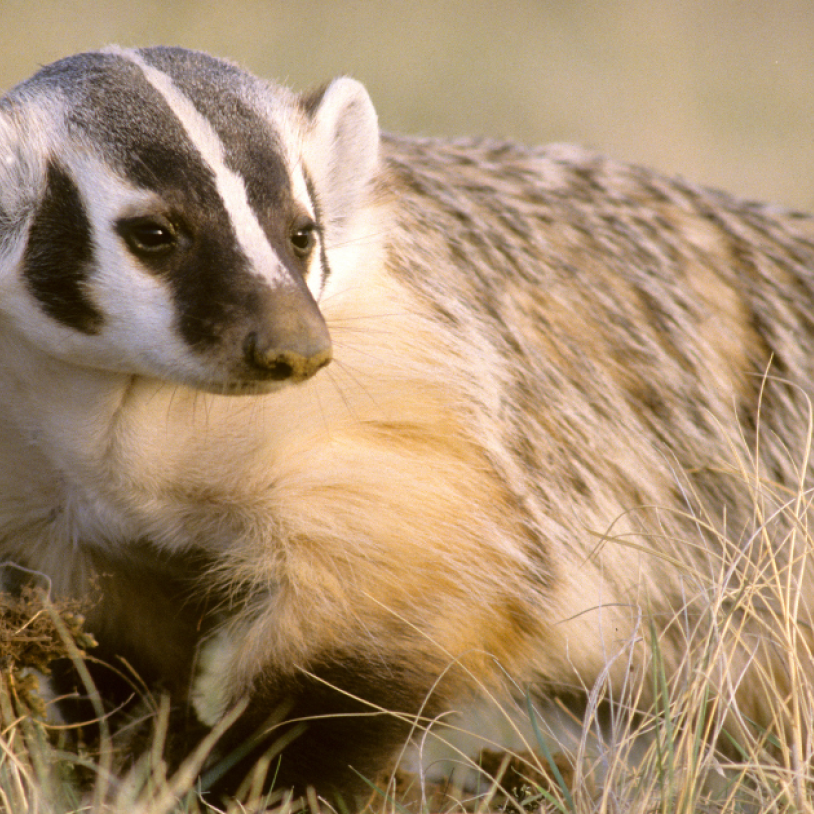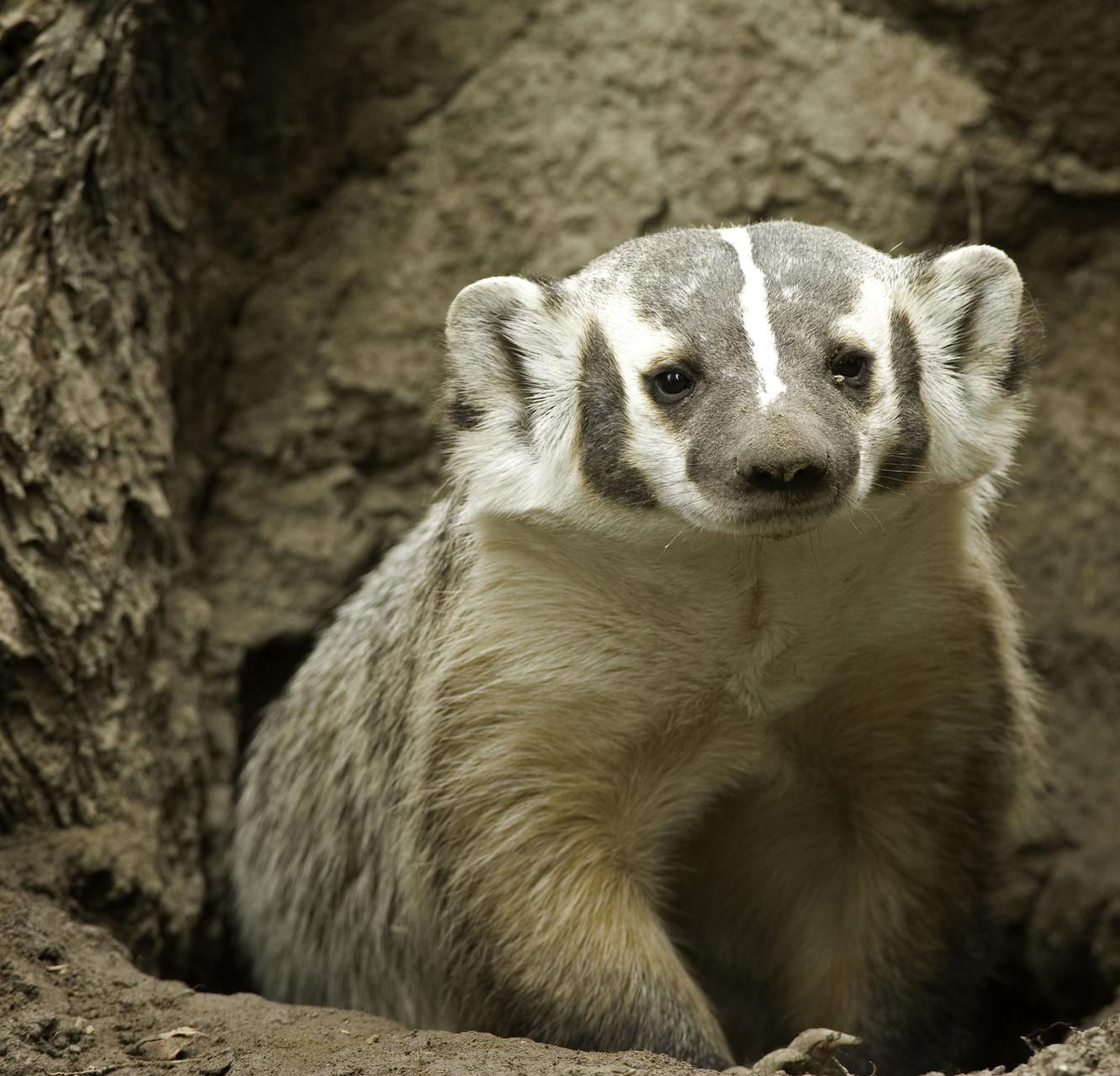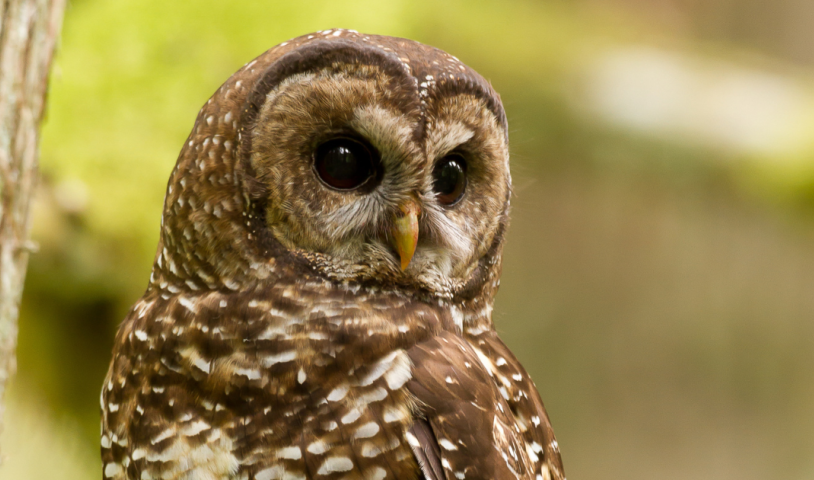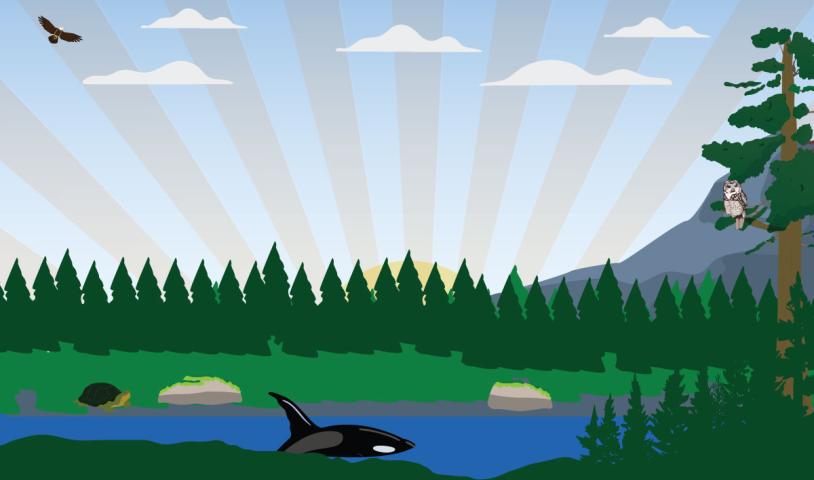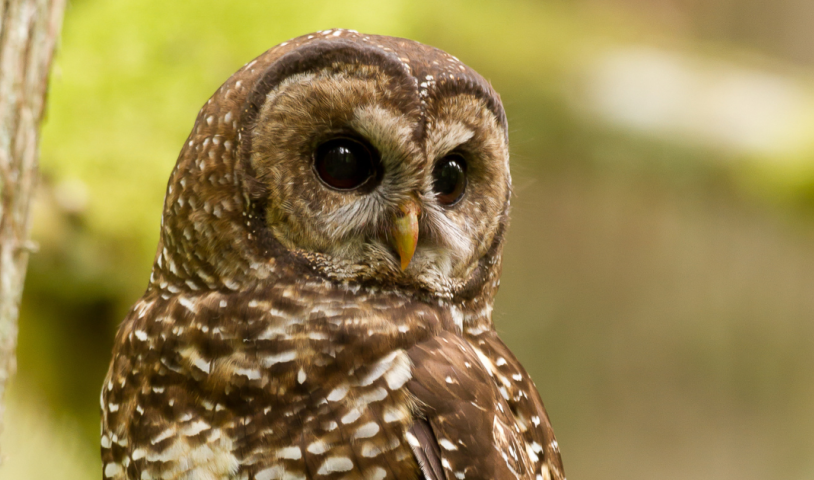Independent case study: Logging biggest threat for caribou and spotted owl
Thursday, July 6, 2023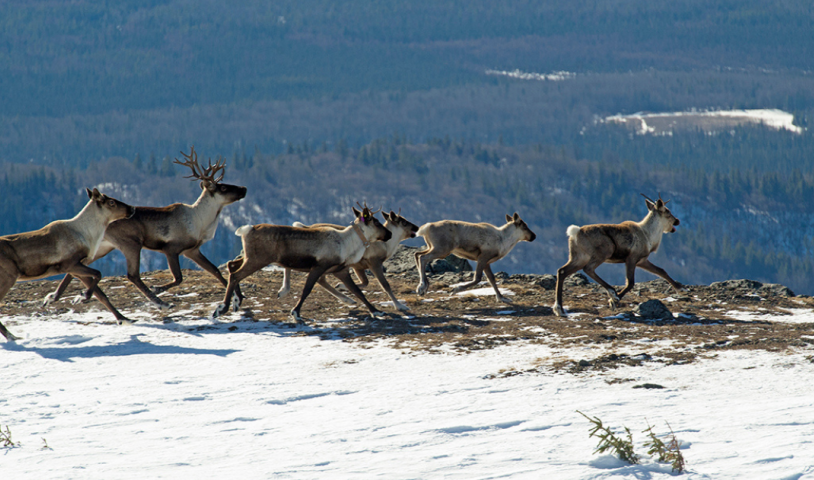
Legal gaps responsible for species decline across B.C. highlight the urgency to enact biodiversity legislation and protect critical habitat
An independent case study, written by biologist Jared Hobbs, commissioned by Wilderness Committee and Sierra Club BC found that logging is the biggest contributing factor for the decline of southern mountain caribou and spotted owls in British Columbia. In the case of spotted owls, logging is pervasive across the habitat, extreme in the severity of harm and has an extremely high overall risk ranking, according to the report.
The case study assesses wildlife decline in B.C. and the legal gaps responsible in three geographic regions of B.C. (coastal, southern and northern areas), for six different species; caribou (southern mountain and boreal), spotted owls, western rattlesnake, great basin gopher snake, great basin spadefoot, and tiger salamander, representing diverse threats causing their decline.
The study uses eleven threat categories developed by the International Union for Conservation of Nature (IUCN) to assess whether or not these threats are addressed in provincial law. Findings show that multiple IUCN threats are not being considered through provincial or federal legal measures. They also highlight that the federal Species-at-risk Act (SARA) does not have automatic legal authority on provincial crown land, which makes up 94 per cent of the landbase, and that no provincial legislation is designed specifically to protect critical habitat.
“The vast majority of threats driving wildlife decline in B.C. are not being addressed, mitigated or even considered in law," said Charlotte Dawe, conservation and policy campaigner for the Wilderness Committee. “Since B.C. does not have a standalone law to protect species at risk on non-federal land, wildlife are being driven to extinction from things like logging, oil and gas, and highways, all which do not have policies that adequately consider their impacts to species at risk.”
The report also found there are no requirements to conduct pre-clearing surveys for spotted owls prior to commercial logging of suitable habitat. Inexplicably the forest industry is not held to compliance with the B.C. Wildlife Act when it comes to logging forested habitat during the breeding bird season in B.C.
Additionally, despite B.C.’s Forest and Range Practices Act (FRPA) requiring for some caribou and spotted owl habitat to be designated as Wildlife Habitat Areas (WHAs), some WHAs still allow logging and do not protect enough habitat of either species to the extent needed for recovery.
I remember as a boy watching huge caribou herds crossing valleys and climbing over mountains in northeast B.C. But government decisions—starting with the dams on the Peace River—had devastating impacts on wildlife here. All animals, especially the caribou have paid a heavy price for government neglect back then. - Ken Cameron, former chief of the Saulteau First Nation
When it comes to caribou, the report highlighted that logging poses a double threat; severely impacting them via habitat loss, which includes the logging of mature and old forests that provide lichen caribou need as forage, and alters predator-prey dynamics due to industrial landscape fragmentation.
"I remember as a boy watching huge caribou herds crossing valleys and climbing over mountains in northeast B.C. There were too many for me to count. But government decisions—starting with the dams on the Peace River—had devastating impacts on wildlife here. Then came more roads, clearcuts, and mines, adding more negative effects to wildlife. All animals, especially the caribou have paid a heavy price for government neglect back then,” said Ken Cameron, former chief of the Saulteau First Nation.
Energy production and mining were found to be major contributing factors for the decline of boreal caribou in particular. In B.C., the method of energy production that has the largest overlap with caribou ranges is conventional oil and gas development, which typically consists of disturbances such as seismic lines, roads, pipelines, well pads, and processing facilities that occur over thousands of square kilometres. A major problem with the existing legal mechanisms to protect caribou habitat is that they do not include all critical habitat and for critical habitat designated under some forms of legislation, resource development activities are often still permitted to occur, resulting in further habitat loss within those areas.
“This case study shows that decades of industrial habitat destruction and broken promises have led the web of life in B.C. into uncharted territory,” said Jens Wieting, senior forest and climate campaigner for Sierra Club BC. “The provincial government must follow through on their commitment to work with First Nations and develop the highly anticipated biodiversity and ecosystem health declaration followed by strong legislation to give spotted owls and mountain caribou a fighting chance for survival. Interim measures like logging deferrals are crucial during this process for the survival of these species.”
The report highlights the need for the federal, provincial, and municipal governments to seek Indigenous co-creation and management of species recovery plans. These plans must include funding and decision-making authority for the Indigenous communities working to protect species at risk and biodiversity.
“Today we are showing that there is a better way. Our caribou recovery program is working. Our approach is based on our traditional knowledge along with scientific knowledge of the herds and the landscape. That is one of the reasons we have been successful. We are helping caribou populations recover and we are protecting our culture," added Cameron.
When it comes to both the reptile case study (western rattlesnake and great basin gopher snake) and the amphibian study (great basin spadefoot tiger salamander), the report found that transportation and service corridors (roads, highways and railways) are the main cause for population declines. Shockingly, there are no legal mechanisms to protect these animals from highways or roads, as the Highway Act does not mention environmental values within its legislation.
Even though the Ministry of Transportation and Infrastructure is responsible for planning and managing the upkeep of the province's entire public road network, the report found no specific provisions for managing impacts on wildlife. This means no legal requirement exists to avoid or assess harm to species at risk from roads and highways.
"This is a powerful moment in history, and it's a turning point for B.C. and Canada and First Nations. People working together to save a species from extinction—it's real and we can do this. A long-term commitment by the federal and provincial government will be necessary to save these caribou herds and other endangered species,” said Cameron. “ This will help make British Columbia a better place to live for everyone. It shows that we can find ways to balance the environment and the economy. I want to invite all people to join with us, support us, and help make it happen, for all future generations to come.”
-30-
Read the independent case study “Species-at-risk Recovery in BC: Case Study”
Media contacts:
Charlotte Dawe, Conservation and Policy Campaigner | Wilderness Committee
778-683-8220, charlotte@wildernsscommittee.org
Jens Wieting, Senior Forest and Climate Campaigner | Sierra Club BC
604-354-5312, jens@sierraclub.bc.ca
